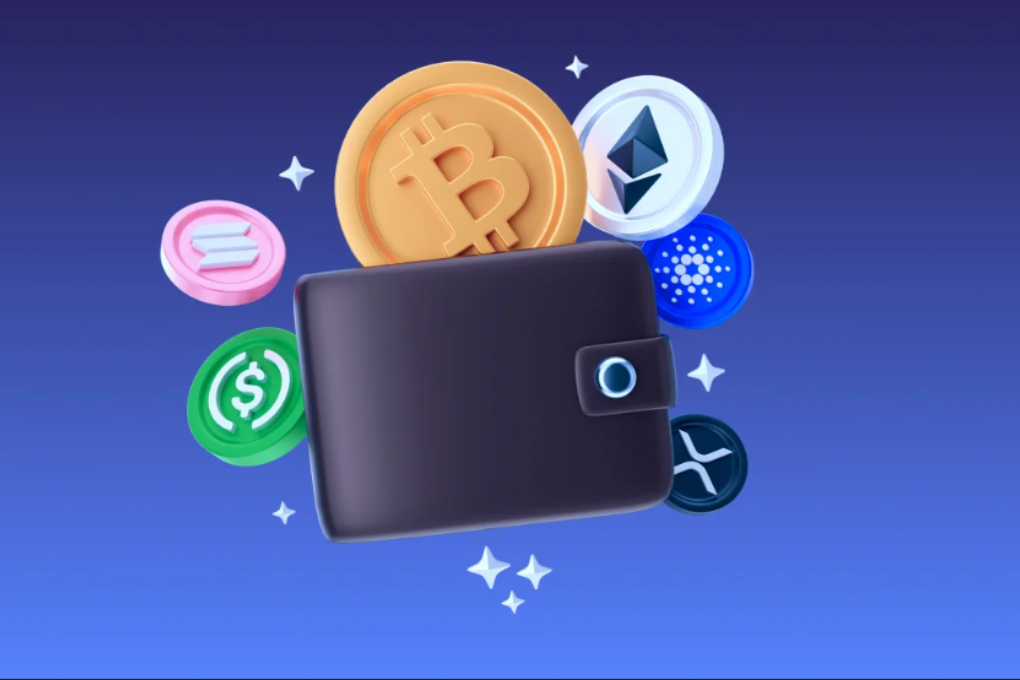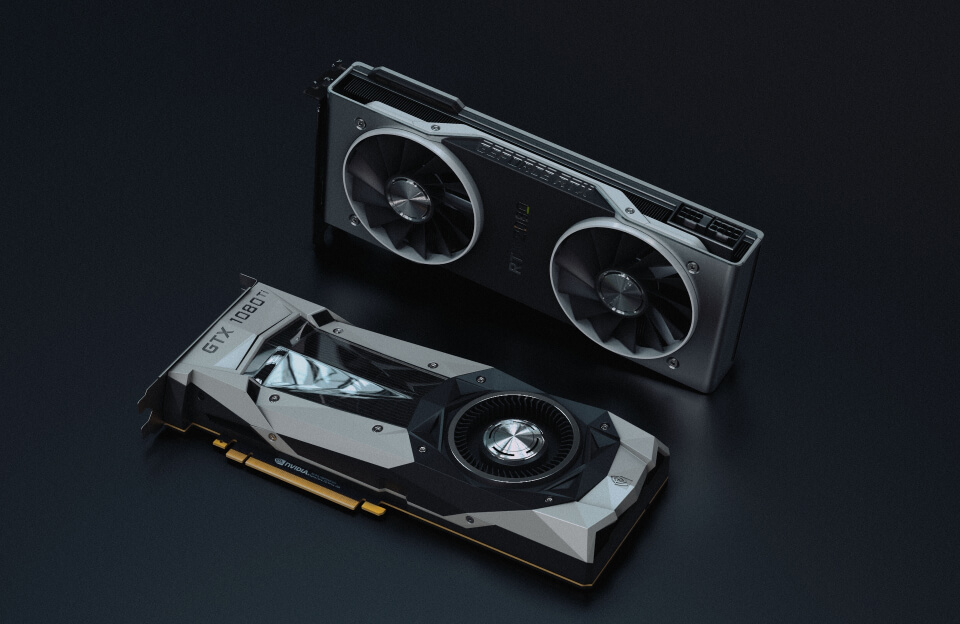A blockchain wallet is a digital tool that lets anyone store, send, and receive crypto securely—without needing a bank or middleman.
1. What is a Blockchain Wallet?
A blockchain wallet is a digital application that allows you to store, receive, and send cryptocurrencies like Bitcoin, Ethereum, or USDT. In the Philippines, this can work just like a GCash account—but instead of pesos, you hold crypto.
Technically, a blockchain wallet doesn’t store coins on your phone or computer. It stores keys—your private and public cryptographic keys—that give you access to your crypto, which lives on the blockchain.
In the Philippines, wallets like Coins.ph, Trust Wallet, or MetaMask are popular tools used to manage crypto assets and participate in global Web3 apps.
2. How Does a Blockchain Wallet Work?
A blockchain wallet gives you access to your crypto funds on the blockchain by using two essential components: public key and private key.
2.1. Public and Private Keys
- Public Key: Your wallet address. You can safely share it to receive crypto (similar to your bank account number).
- Private Key: A secret password that proves you own the funds. If someone gets this key, they can access your crypto.
2.2. Transaction Signing
When you send crypto to someone, your wallet signs the transaction using your private key. This signature proves the transaction is valid and gets it added to the blockchain.
3. Wallets Popular in the Philippines
| Wallet Name | Type | Special Features for Filipino Users |
|---|---|---|
| Coins.ph | Custodial, Mobile | BSP-regulated, allows PHP deposit/withdraw via GCash and banks |
| Trust Wallet | Non-custodial, Mobile | Supports BEP20, ERC20 tokens; connects to Web3 apps |
| MetaMask | Non-custodial, Mobile/Desktop | Used for DeFi, NFTs, and popular DApps |
| PDAX Wallet | Custodial, Exchange | Regulated in PH, direct PHP–crypto trading |
| Binance Wallet | Custodial, Exchange | Widely used by Filipino traders for P2P buying/selling |
These wallets help Filipinos send remittances, earn from crypto games, or explore DeFi apps like lending, swapping, or staking.
4. Types of Blockchain Wallets
| Type | Internet Required | Description | Use Case |
|---|---|---|---|
| Hot Wallet | Yes | Online; easy to access | Daily crypto use and trading |
| Cold Wallet | No | Offline; not connected to the internet | Long-term secure storage |
| Hardware Wallet | Optional | USB device that stores private keys | Ideal for storing large funds |
| Mobile Wallet | Yes | App-based, user-friendly | Convenient for PH users with GCash |
| Web Wallet | Yes | Accessed via browser | Beginner-friendly, low setup needed |
| Paper Wallet | No | Printed copy of keys | Ultra-secure, but harder to use |
5. Real-Life Use Case in the Philippines
Let’s say you’re a freelance designer in Manila and just got paid in USDT:
- Your client sends USDT to your Trust Wallet address.
- You check your wallet app and confirm the funds have arrived.
- You use Binance P2P or Coins.ph to convert USDT into PHP.
- You withdraw PHP to GCash or Maya in minutes.
Many Filipinos also receive crypto from relatives abroad, use it in NFT games like Axie Infinity, or cash out earnings from airdrops or staking platforms.
6. How to Choose the Right Blockchain Wallet in PH
| User Type | Recommended Wallet | Reason |
|---|---|---|
| New to crypto | Coins.ph, PDAX | BSP-regulated, easy PHP deposit/withdraw |
| Trader | Binance, Trust Wallet | Supports advanced trading & token variety |
| DeFi/NFT explorer | MetaMask | Required to interact with Web3 apps on BNB, Ethereum, etc. |
| Long-term investor | Ledger Nano, Trust Wallet | Cold storage or multi-chain support |
| Crypto gamer | Ronin Wallet, MetaMask | Used in popular PH games like Axie, Pixels, Heroes TD |
7. Benefits of Using a Blockchain Wallet
- Full control of your funds—no need for a bank
- Works globally—send or receive payments across borders
- No middlemen—cheaper and faster transactions
- Secure with encryption and private key
- Great for earning: staking, NFTs, play-to-earn, DeFi
8. Common Features to Look For
- Multi-chain support (e.g., Ethereum, BNB Chain, Solana)
- Recovery phrase for wallet backup
- Easy QR scanning for payments
- Connection to DApps and DeFi platforms
- Support for stablecoins like USDT, USDC, BUSD
9. Frequently Asked Questions (FAQs)
Is it legal to use blockchain wallets in the Philippines?
Yes. The Bangko Sentral ng Pilipinas (BSP) regulates Virtual Asset Service Providers (VASPs), but individuals are free to use blockchain wallets for personal use.
What if I lose my wallet or phone?
As long as you saved your 12–24 word recovery phrase, you can restore your wallet on any device. If not, your funds are permanently lost.
Can I connect a blockchain wallet to GCash?
Indirectly, yes. You can use Coins.ph or Binance P2P to convert crypto to PHP and withdraw to GCash, Maya, or a PH bank account.
What’s the safest wallet?
Cold wallets like Ledger or Trezor are safest for long-term storage. For beginners, Trust Wallet and MetaMask offer a good balance of security and ease of use.
Can I earn money from my wallet?
Yes. You can use your wallet to:
- Join staking for passive income
- Trade tokens
- Earn from NFT games or airdrops
10. Final Thoughts
A blockchain wallet is more than just a crypto storage app—it’s your gateway to financial freedom in the digital world. For Filipinos, it opens up global opportunities: freelancing, investing, DeFi, and play-to-earn—all from your phone.
With local tools like Coins.ph, international wallets like MetaMask, and direct access to GCash or Maya, it’s easier than ever to join the crypto movement.
If you’re just starting, begin small, use a regulated platform, and always back up your recovery phrase. Crypto is risky, but with the right tools and understanding, it can also be empowering.


